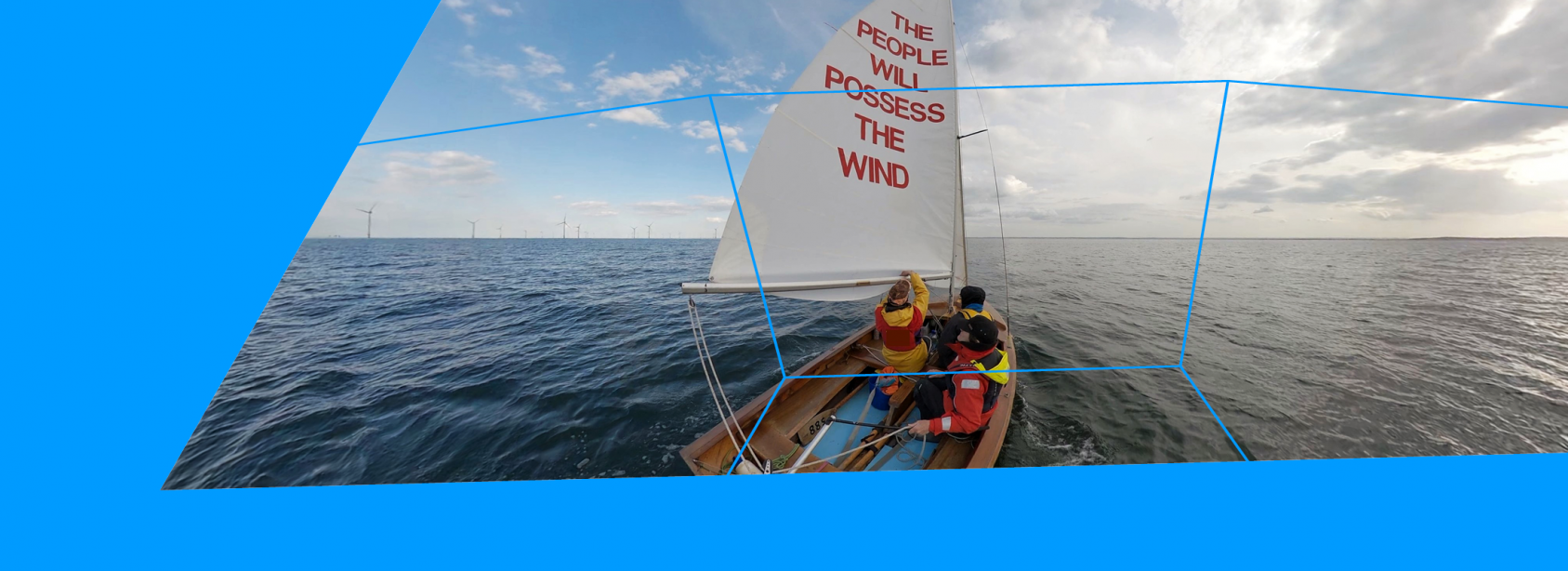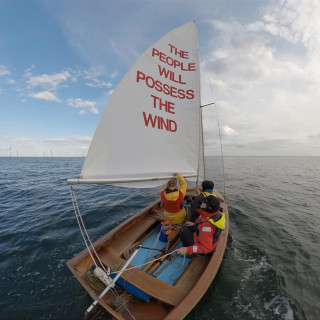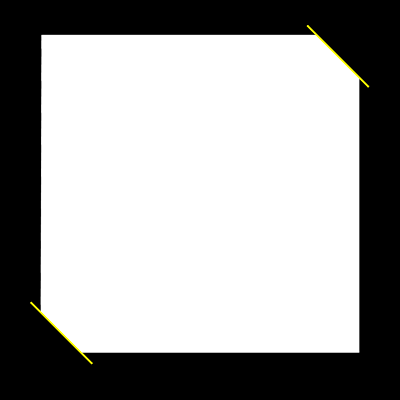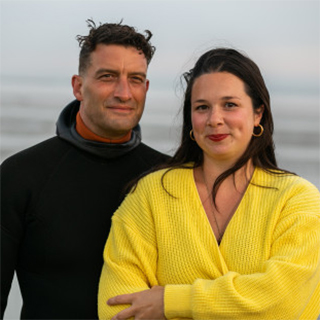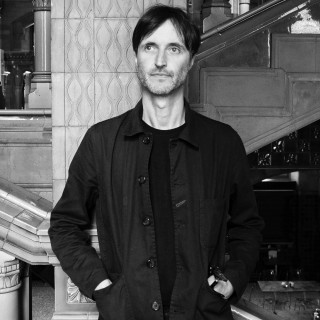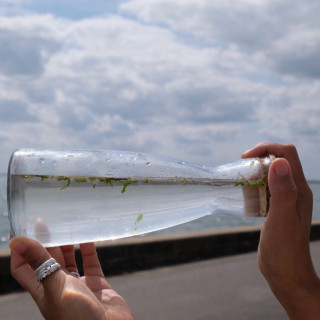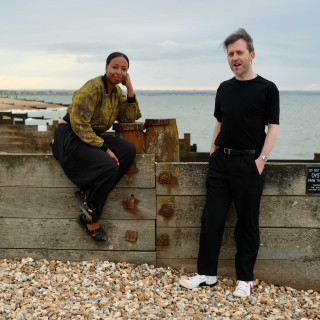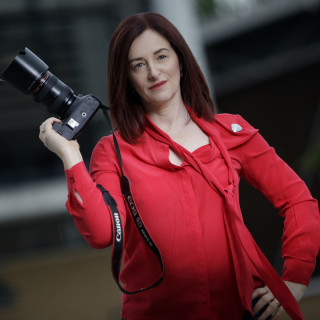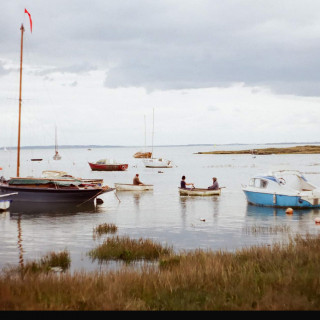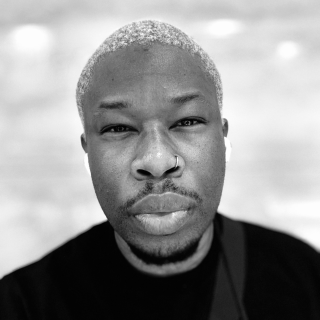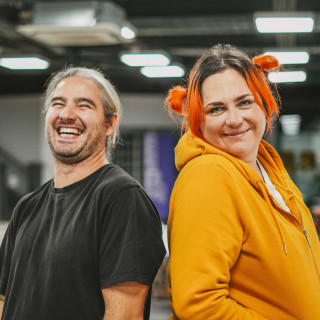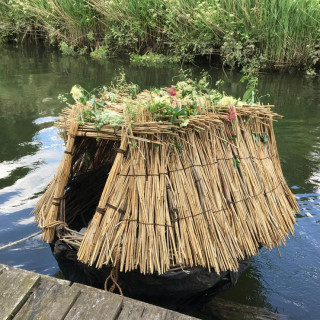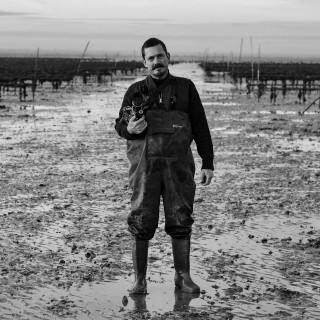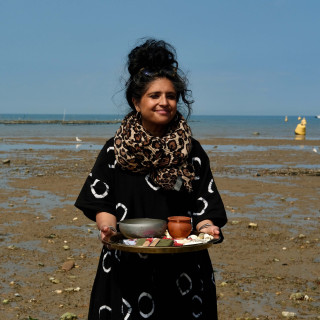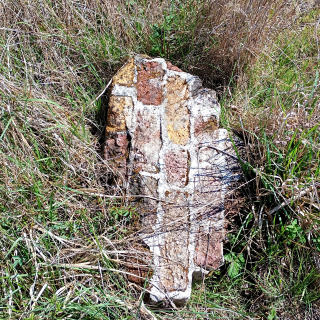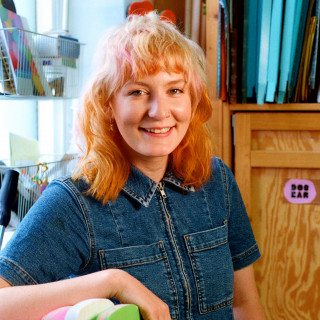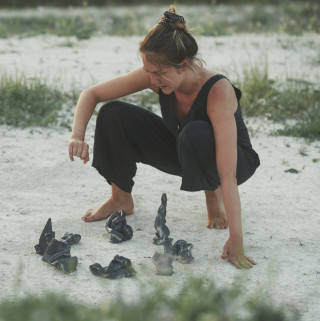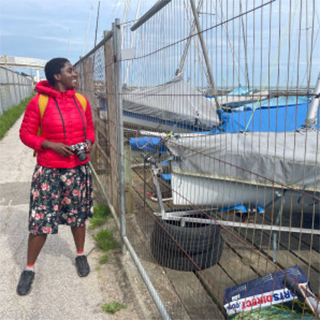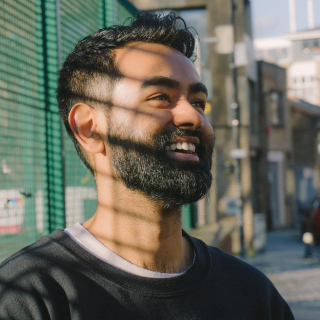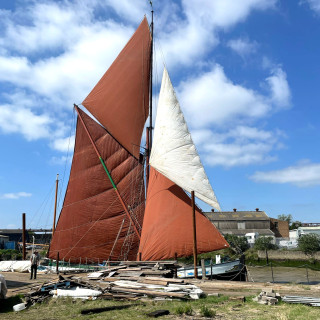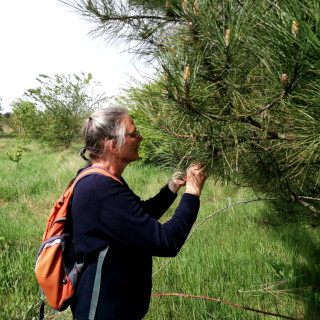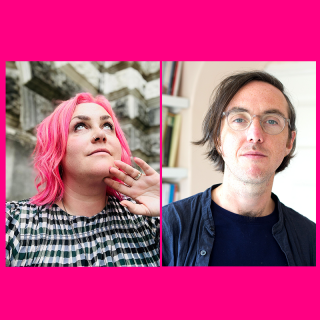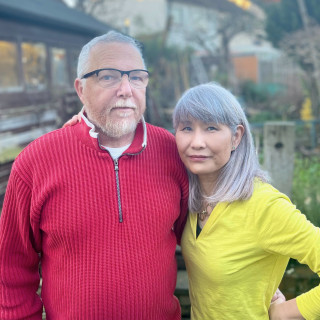Platform
Reimagining our relationship with wind energy through live choral performances, sailing on the Estuary, film and publication. How would it be if we came to possess the wind farms? If we felt that they were ‘our’ wind farms? Just as it is ‘Our NHS’.
Platform
For over forty years Platform has created work in a myriad of media from live art to writing, music to film, campaigns to reports – that is focused on tackling injustice and climate breakdown.
Platform is internationally recognised as a catalyst for creative change whilst at the same time remaining deeply engaged, over several decades, with London and the Thames Estuary. They were part of Estuary 2021 and returning to the festival in 2025.
The People will Possess the Wind
Where do the winds of the Estuary come from? The wind. Tickling down the Medway valley, stroking the grasses and the rooftops. Passing through the gap between Blue Bell Hill and Coldrum, lifting the litter in Rochester and suspending the gulls above Gillingham Reach. Rattling the shrouds in Queenborough Harbour and spilling out into the wide Estuary. The blades of the wind turbines on Kentish Flats turn soporifically. From where does it come this gentle South West wind? From far out in Mid Atlantic? The remains of a storm that buffeted up The Channel and over the South Downs?
And the wind. Iron cold, scraped out of the Baltic and flung across Jutland. Tumbling through Heligoland Bight and hurtling over Doggerland. It is howling by the time it slams into Southend. Out in the Estuary the turbine blades spin frantically. Did this North Easterly come from the Baltic? Or was it born deeper back in the expanse of Siberian taiga?
Where do the winds of the Estuary come from? Whose winds are these? Whose energy is it that is captured by the Kentish Flats Wind Farm? Every one’s and no one’s.
Offshore from Herne Bay and Shoeburyness are the thin grey pillars of the Kentish Flats Wind Farm. These turbines generate electricity from the winds of the Estuary for homes and offices across Britain. They are owned by the Swedish multinational, Vattenfall.
Ownership is only one part of the equation. There are things that we own and there are things that we possess. How would it be if we came to possess the wind farms? If we felt that they were ‘our’ wind farms? Just as it is ‘Our NHS’. How do we become possessed by the wind? How does it become a part of our daily life, our imaginations and our sleeping dreams?
Times and Locations
Please note the times may shift on the day by up to 30 mins either end depending on sailing requirements.
Saturday 21st June
10.00 am – on the seafront by the Labworth Café, Furtherwick Road, Canvey Island, Essex SS8 7DW
12.30 pm – at the end of Southend Pier, Western Esplanade, Southend-on-Sea, Essex SS1 1EE
Sunday 22nd June
11.00 – Gravesend Town Pier, West Street, Gravesend, Kent DA11 0BJ
20.00 – on Hampton Pier, Western Esplanade, Herne Bay, Kent CT6 8DL
Image credit: Nell Houguez/ Platform

 maybe later
maybe later
